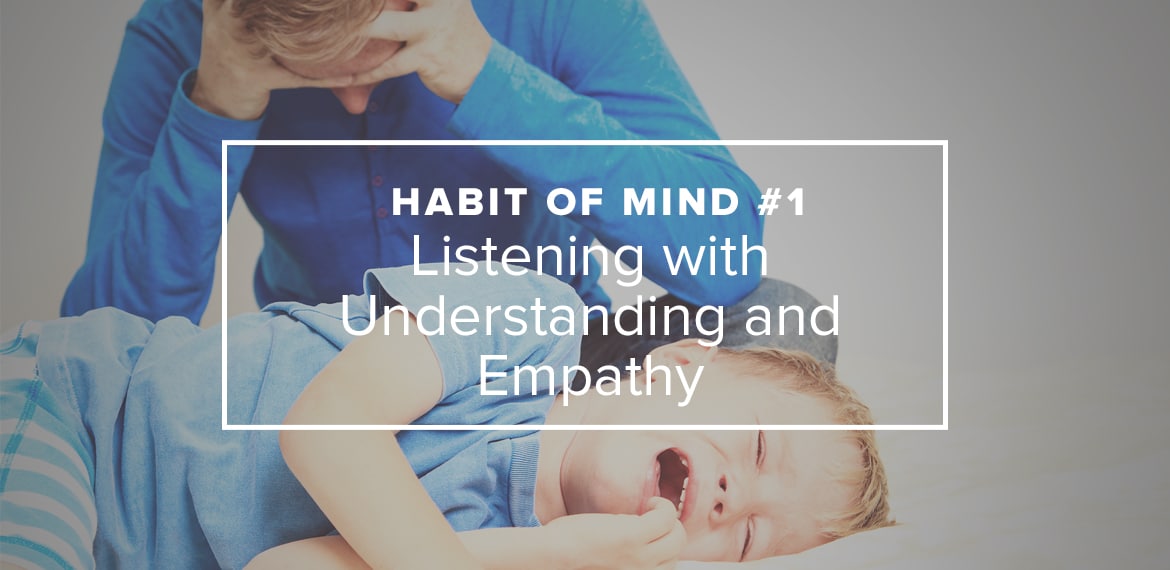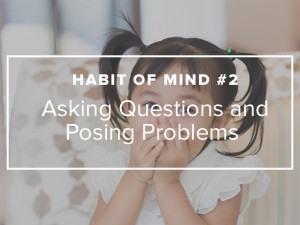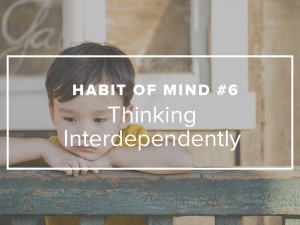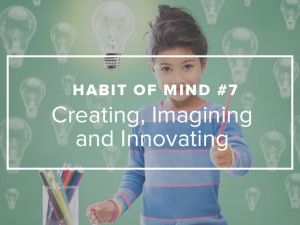
This article is part of a mini-series by Dr Henry Toi (Affiliate Director of the Institute for the Habits of Mind) who will share and explain the ways you can guide your children to cultivating good, lifelong habits.
How well are you listening to your kids?
Sometimes the loudest conversations are silent ones. Studies have shown that up to 80% of our communication are non-verbal. We need to be observant to be able to listen well. Listening with understanding and empathy requires us to go past the surface of conversations to access the real message.
This may sound old by now, but the trick to good communication always starts with being a good listener. Most people assume that because they can understand words and their meaning, they can be a good listener.
Why Is It so Difficult to Be a Good Listener
Prof Arthur L. Costa, Education Professor at the California State University and Author of the Habits of Mind, suggests otherwise – to listen fully means to pay close attention to not just the words, but to what is being said along with the words. Ears operate at the speed of sound but the eyes operate at the speed of light, so it is important to also “listen” and perceive the visual indicators as well.
Although we spend almost 60% of our lives listening to what others have to say, it is quite possible that listening is the least taught skill and what we pay the least attention to.

Dr Henry Toi, Founder and Managing Director of Nurture Craft, Affiliate Director of the Institute for the Habits of Mind
How Can We Get Better at It?

“Johnny, are you listening to me? I have told you so many times not to do that to your sister!”
“Mummy I am hungry”
“Yes, Jenny, we are going to lunch soon ok?”
“Mummy I am thirsty.”
“There is some water in the back of the car, you can drink that first.”
“Mummy, Johnny is disturbing me again!”
“Arrggh!”
In this scenario, Ruby was driving and is probably more focused on the road than her children’s chatter, making it easy for Ruby to misinterpret the source of their whining, which most likely arises out of boredom rather than actual thirst or hunger.
What could Ruby have done to save herself from all that stress? She could try to use the three “P’s of Listening which is to Pause, Paraphrase and Probe.
- Jenny could pause to process the information and size up the situation instead of reacting to her kids. She could take a moment to calm down. By choosing to Pause, Jenny is allowing herself to integrate the information, feelings and context of what her kids are saying, and find an effective way to calm them down before hitting the road again.
- Paraphrasing what Jenny and Johnny have just said has two advantages. It allows Jenny to confirm if she had understood her children correctly and provides them with the assurance that their Mummy is indeed paying attention.
- To get a better picture of what her children need, Jenny could further Probe and ask some questions to “fill in” the missing pieces of information. With the bigger picture in mind, she could give them the answer they want.
This is an example of how the 3Ps can be used in the conversation between Ruby and her kids:
|
Probe, Clarify |
“Johnny, I have told you so many times before not to do that to your sister! I know you were listening to me, so why you are doing this deliberately?” “Mummy I am hungry.” |
|
Pause, Paraphrase |
“Johnny, do you mean you want to eat something now? If that is the case, we will be going to lunch soon.” “Mummy I am thirsty.” |
|
Pause, Probe |
“There is some water in the back of the car, do you want to drink that first?” “Mummy, Johnny is disturbing me again!” |
|
Probe |
“What did Johnny do?” |






